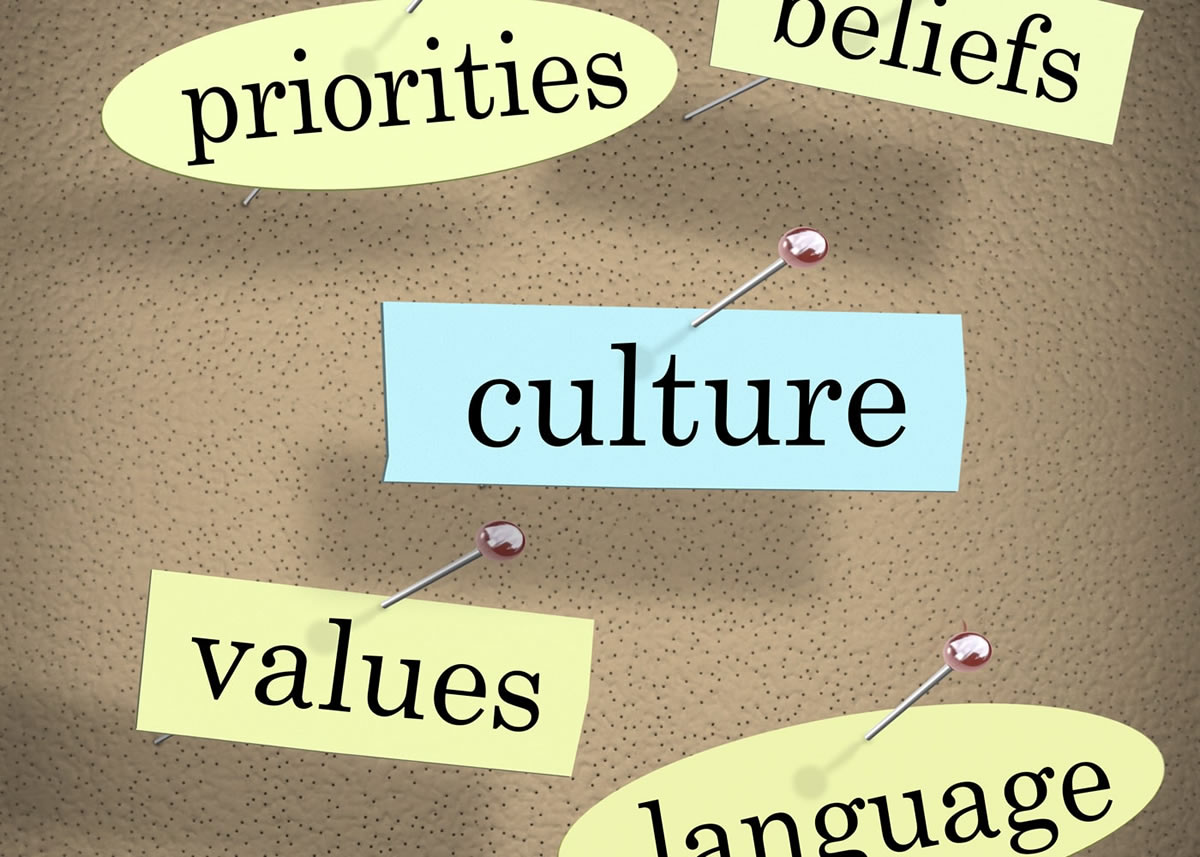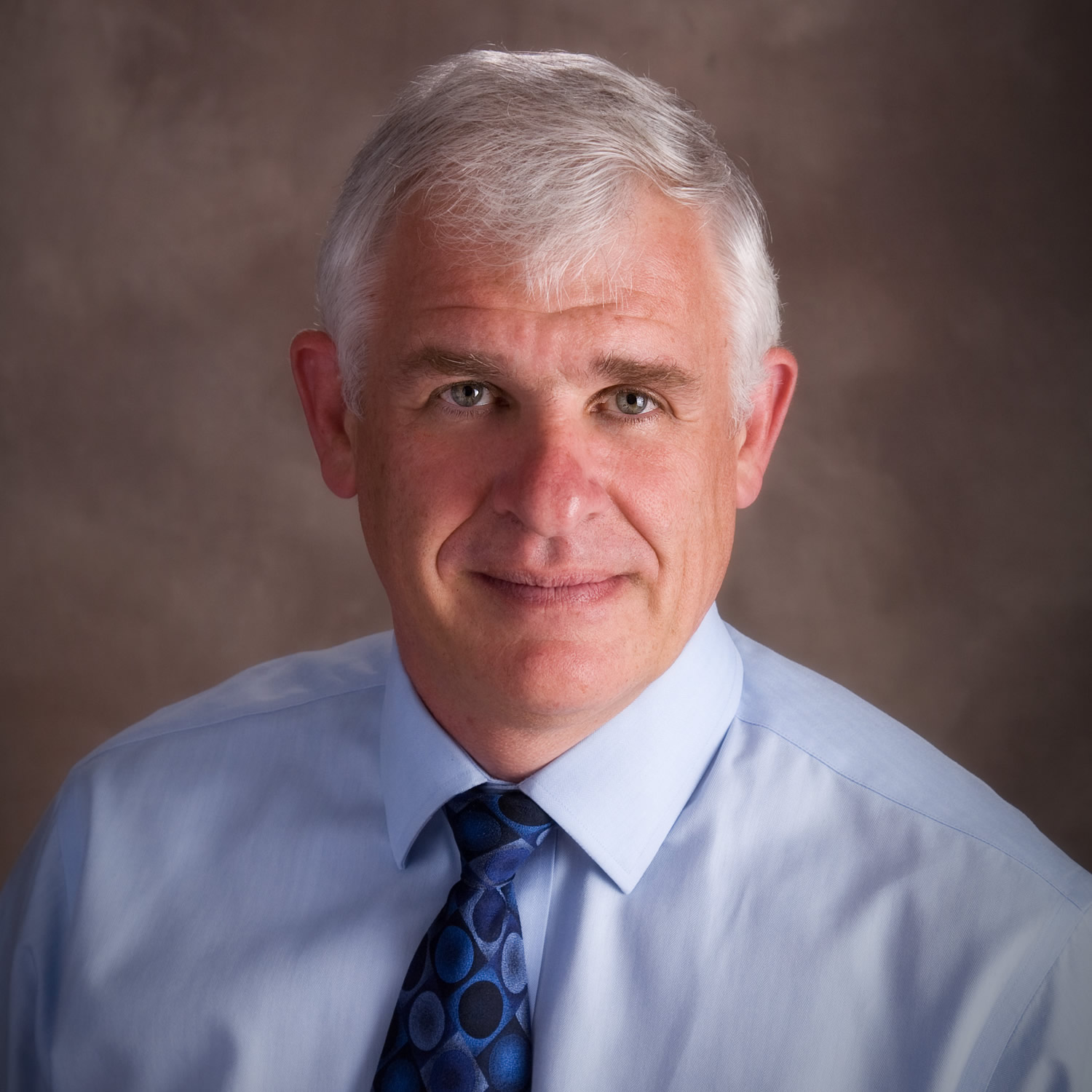Eliminating a Toxic Culture

With evidence to show that the potential impacts of toxic agents were adequately controlled, we felt our job was done. Our sense of calling was satisfied. But did we declare victory too soon?
I often wondered if there was more that this group of professionals could be doing to identify and root out those toxic elements that are more subtle and less measurable by the traditional OP/IH tools; namely, those workplace factors that don't allow our brains to function optimally and can lead to stress, its related diseases and unnecessary anxiety.
I've been following with interest the advances being made in understanding human brain function and indentifying the conditions under which it thrives. What an amazing organ. Dr Henry Cloud, a clinical psychologist, in his book "Boundaries and Leaders" (2013)effectively draws upon this body of knowledge to give us some practical, healthy advice:
- Help people attend to what is truly important, inhibit what is not important
- Create an emotional environment that is free from the wrong kinds of stress, i.e. someone's anger or shame
- Help people to think optimistically and root out pessimism
- Build teams that are deeply connected
- Help people get in control of what they can control
- Lead yourself in ways that create great performance in others
Who should have the responsibility to identify and bring healing to toxic workplace cultures? Are the traditional occupational heath and safety disciplines doing enough? Where do you think the human resources professionals fit in?
Related
About the Author

Alex Pollock
Alex Pollock has been studying leadership effectiveness for more than 30 years. A former leader in environment, health and safety, and public affairs at The Dow Chemical Co., he learned that we all have leadership roles to play. He enjoys discussing new ideas and sharing practical ways we can all become better leaders.

